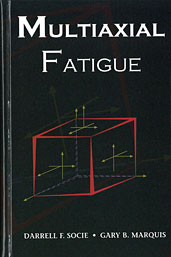Technical Paper
A Method for Evaluating the Complexity of Autonomous Driving Road Scenes
2024-04-09
2024-01-1979
An autonomous vehicle is a comprehensive intelligent system that includes environment sensing, vehicle localization, path planning and decision-making control, of which environment sensing technology is a prerequisite for realizing autonomous driving. In the early days, vehicles sensed the surrounding environment through sensors such as cameras, radar, and lidar. With the development of 5G technology and the Vehicle-to-everything (V2X), other information from the roadside can also be received by vehicles. Such as traffic jam ahead, construction road occupation, school area, current traffic density, crowd density, etc. Such information can help the autonomous driving system understand the current driving environment more clearly. Vehicles are no longer limited to areas that can be sensed by sensors. Vehicles with different autonomous driving levels have different adaptability to the environment.

